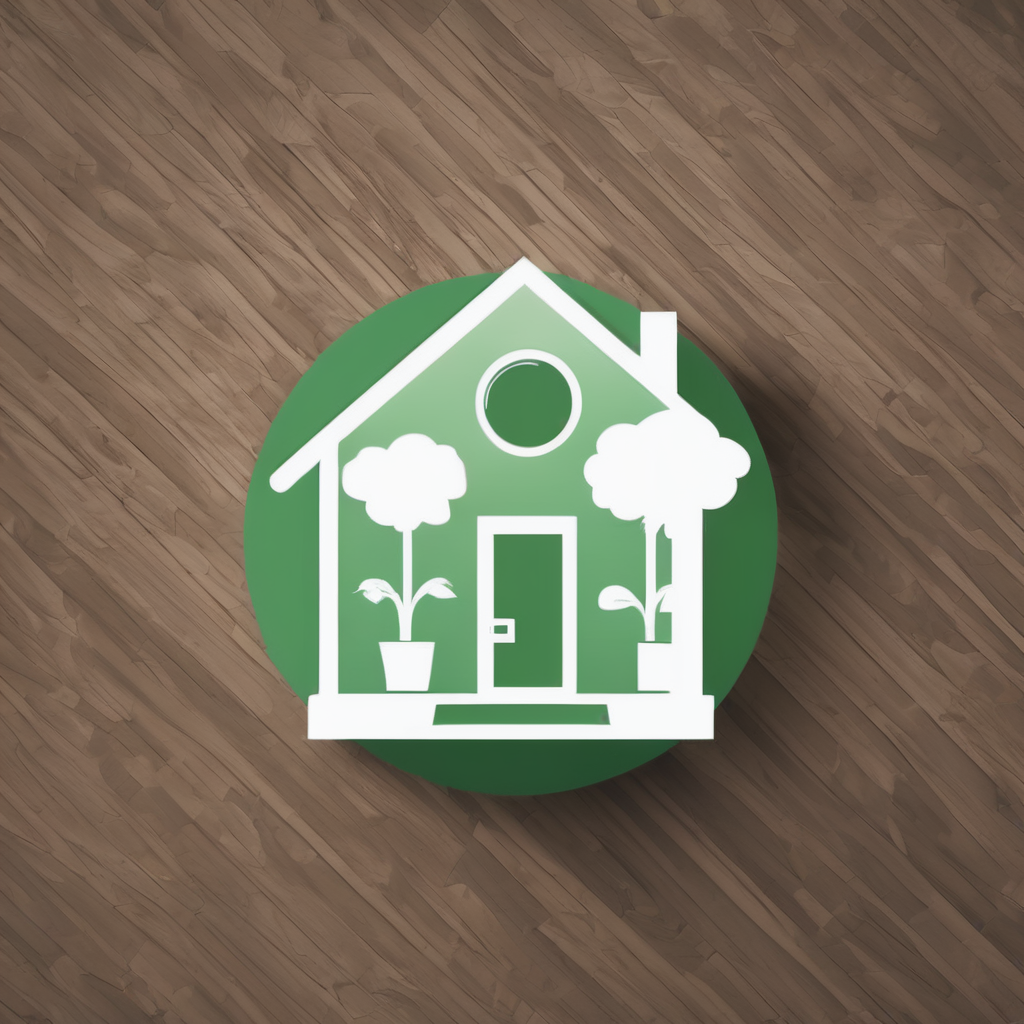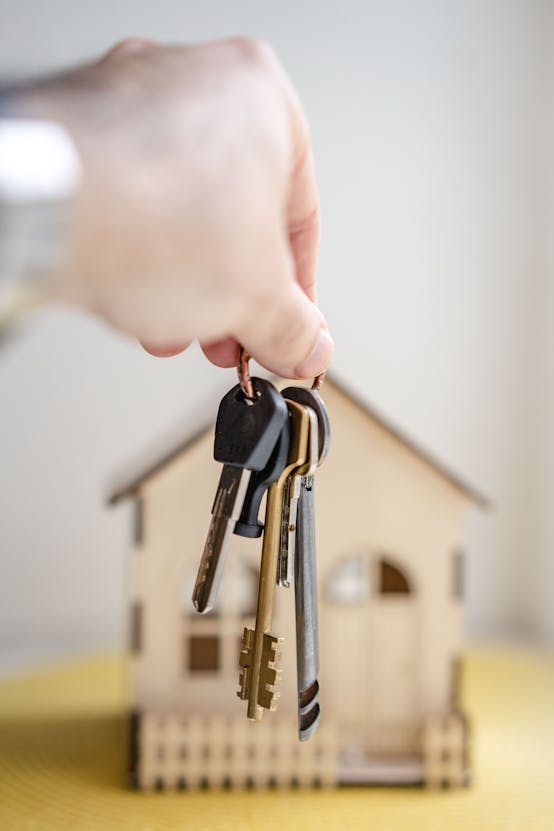Sustainable Architecture Principles in the UK Context
In the UK, sustainable architecture focuses on reducing environmental impact while enhancing residential comfort. One core principle is designing homes that maximize energy efficiency, essential under the UK’s temperate and often damp climate. This means prioritizing insulation, airtightness, and natural ventilation to maintain comfortable indoor environments year-round without excessive energy use.
UK-specific regulations, such as Part L of the Building Regulations, drive sustainable design by setting mandatory energy performance targets. Builders must incorporate green building concepts like renewable energy systems (solar panels, heat pumps) and rainwater harvesting to meet these standards, ensuring new homes reduce carbon footprints significantly.
Topic to read : What Are the Essential Home Features for Modern UK Living?
Material choice plays a vital role in promoting residential sustainability across the UK. Locally sourced timber, recycled steel, and low-carbon concrete are preferred to minimize embodied energy. Construction methods such as modular building reduce waste and speed up development. Emphasizing life-cycle impacts, UK sustainable architecture often integrates durability and flexibility, preparing homes to evolve with future ecological and social needs. This holistic approach blends policy, climate adaptation, and innovative materials to create greener UK housing.
Environmental and Economic Benefits of Sustainable Homes
Sustainable homes significantly improve energy efficiency UK homes need by integrating advanced insulation, smart heating, and renewable energy systems. These improvements reduce energy consumption, directly trimming utility bills. Enhanced airtightness and efficient appliances further lower wasted energy, ensuring homeowners enjoy significant cost savings green homes offer.
Also read : How Can Sustainable Home Design Transform Our Living Spaces in the UK?
The eco-friendly housing benefits extend deeply into environmental impact reduction. By lowering dependency on fossil fuels and optimizing resource use, sustainable homes cut the carbon footprint of household activities. This decrease helps combat climate change, contributing to cleaner air and reduced greenhouse gas emissions.
From an economic perspective, the cost savings green homes provide go beyond monthly energy bills. Over time, reduced maintenance costs, government incentives, and increased property values make sustainable homes financially attractive. Retrofitting existing UK homes or investing in new eco-friendly builds promotes long-term financial security and supports broader environmental goals.
Choosing sustainable homes means embracing smarter living—combining comfort, savings, and responsibility. With rising energy prices and environmental concerns, such eco-friendly housing benefits are more relevant than ever for anyone seeking a practical, positive impact.
Architectural Strategies and Technologies for UK Housing
When aiming for sustainable home technologies, UK housing increasingly employs innovations like heat pumps and solar panels. Heat pumps efficiently transfer heat, reducing reliance on fossil fuels and lowering carbon footprints. Solar panels harness renewable energy, which supports energy independence and cuts utility bills. Advanced insulation materials are also pivotal in minimizing heat loss, enhancing energy efficiency during colder months.
Incorporating low-carbon materials further reduces environmental impact. Timber, recycled steel, and natural fibers offer durability while limiting emissions associated with traditional building resources. These materials often contribute to improved indoor air quality and comfort.
Green architecture strategies emphasize maximizing natural light and ventilation, which not only reduce the need for artificial lighting and cooling but promote occupant wellbeing. Thoughtful window placement and open-plan designs encourage airflow, maintaining a fresh interior environment.
Water-saving solutions like rainwater harvesting and low-flow fixtures are increasingly integrated, addressing sustainability beyond energy use. Adaptable home designs ensure these technologies remain effective as household needs evolve over time, representing a holistic approach to eco-friendly UK housing.
Real-World Examples and Case Studies
Exploring UK sustainable architecture case studies reveals how eco-friendly design is reshaping housing. One prominent approach involves retrofitting traditional homes, where insulation upgrades, renewable energy integration, and water-saving systems create substantial efficiency gains. These home retrofit examples demonstrate that even century-old properties can reach impressive sustainability standards without losing character.
Recent eco housing developments UK show innovative master planning and community-oriented designs that prioritize green spaces and energy-sharing technologies. These projects emphasize minimizing environmental impact while maximizing resident well-being. Key lessons from such developments include the importance of early sustainability commitment, versatile material use, and incorporating natural ventilation and daylight.
In practice, these UK case studies highlight practical routes for homeowners and developers aiming for sustainability—whether through incremental retrofits or ambitious new builds. The shared takeaway: combining technology with design sensitivity ensures eco homes are both livable and low-impact, supporting the UK’s broader environmental goals. Understanding these examples inspires informed decisions for anyone interested in sustainable architecture.
Practical Guidance for Implementing Sustainable Architecture
When considering how to make a home sustainable in the UK, focus first on improving energy efficiency. Installing double or triple glazing, upgrading insulation, and using energy-efficient heating systems help reduce energy consumption significantly. These steps not only lower carbon footprints but also cut energy bills, benefiting homeowners financially over time.
For sustainable design tips, architects and builders should prioritize renewable materials and incorporate passive solar heating. Designing homes with good natural ventilation and daylighting enhances comfort without relying heavily on mechanical systems. Green roofs and rainwater harvesting offer additional avenues to boost sustainability while enriching the home’s environmental performance.
Homeowners and professionals can access various resources and incentives across the UK to support sustainable home improvements. The UK government often provides grants and schemes encouraging energy-saving upgrades. These incentives reduce upfront costs and encourage wider adoption of green architecture for homeowners. Engaging with local councils or sustainability organizations can reveal tailored programs and expert advice, making sustainable home transformations easier and more affordable.


